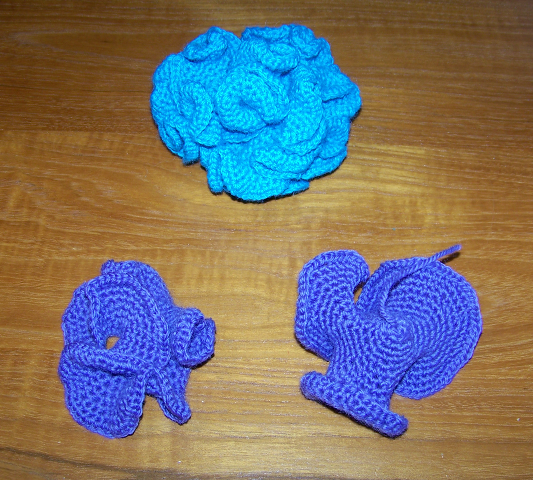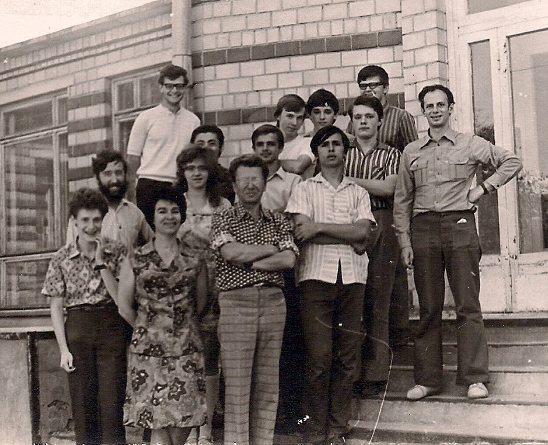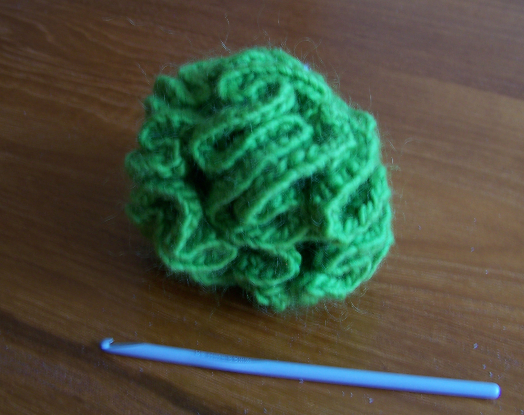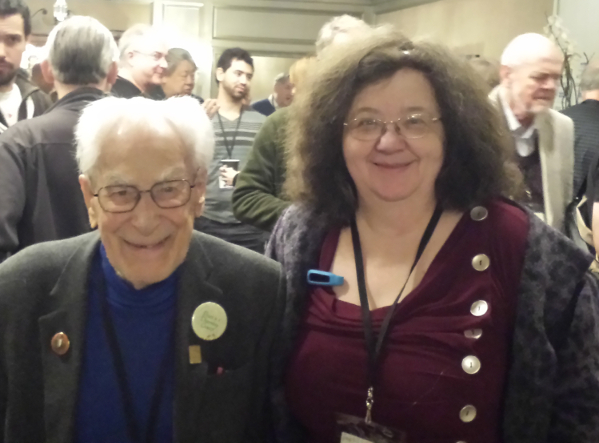Among Mathematicians
I grew up in the USSR, where I was clueless about the race issues in the US. I have now lived in the US for 30 years, and still feel that there are many things about race that I do not understand. As a result, I am afraid to speak about it. I am worried that I’ll say something wrong. Recent events have encouraged me to say something. This is my first piece about race.
I came back to mathematics 10 year ago and started working at MIT. I love it. With some exceptions.
Many mathematicians are introverts or snobs or gender-biased. They are not usually friendly. I often walk down a corridor and people who are coming towards don’t notice me. If I say hello, they might not even reply or raise their eyes. It could be they are thinking about their next great theorem and do not notice me. It could be that I am not faculty and therefore do not deserve their attention. It could be that as a women I am not worth of their hello.
Soon after I started working at MIT, I was reminded of one of the reasons I left academia. It was this unfriendliness. But this time was different. First, I had grown a thicker skin. Second, I was working within a group. People who were working with me were nice to me. It was enough and so I stayed.
With time I adopted the same style: passing people without saying `Hello.’ Mostly I got tired of people not replying to my hello.
One day I was passing this man who, as had happened many times before, purposefully didn’t look at me. I thought my usual thought: another introverted/snobbish/gender-biased mathematician. Then I suddenly stopped in my tracks. My logic was wrong. This guy was Black. The unfriendliness of mathematicians is surely way worse for him than for me. It could be that he is looking at the floor for the same reason I do it: he is afraid that people will ignore his greeting. I failed to think about race deep enough before this realization. What happened next should have happened years earlier.
I took the initiative and the next couple of times I saw him, I said hello. This was all it took—two hellos—to change the whole feeling between us. The guy has a great smile.
Share:


 I do not like making objects with my hands. But I lived in Soviet Russia. So I knew how to crochet, knit, and sew — because in Russia at that time, we didn’t have a choice. I was always bad at it. The only thing I was good at was darning socks: I had to do it too often. By the way, I failed to find a video on how to darn socks the same way my mom taught me.
I do not like making objects with my hands. But I lived in Soviet Russia. So I knew how to crochet, knit, and sew — because in Russia at that time, we didn’t have a choice. I was always bad at it. The only thing I was good at was darning socks: I had to do it too often. By the way, I failed to find a video on how to darn socks the same way my mom taught me.
